In Venezuela there are 5 species of crocodiles, there are the Orinoco River crocodiles, the coastal crocodile and 3 species of the Alligatoridae family, they are called the morichal babo, the black babo and the babo or spectacled caiman. Babo or baba is how people refer to them. The latter is the one that most abounds in our plains and, together with the Orinoco crocodile, they are the only ones that I know personally and of which I will speak to you.
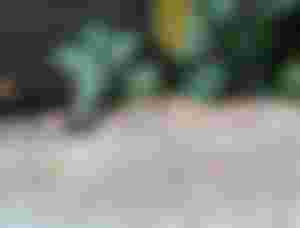
We can see the crocodile of the Orinoco River on the shores of the lagoons, on sunny mornings, there they lie down to sunbathe, with their snouts open.
On one occasion that I was moving from a population in the plain of the Guárico state to another in the neighboring state of Apure, I was able to observe these crocodiles on the shore. When I got closer to take photos, I couldn't pull it off. My presence scared them but not more than I was, but I think they are afraid of us because these species are highly sought after for hunting and they are highly sought after for human consumption by poaching. Although it’s a risk to approach because these crocodiles can measure up to 4 meters and if it’s nesting time they are more aggressive than usual.
The spectacled caiman is named for an orbicular area that resembles spectacles. It can measure approximately one meter when it’s small and suitable for human consumption and when they are adults the males can measure about 3 meters with the females having slightly less than 2 meters. Their muzzles are rounded and short. They are not very aggressive, which is why many people in my country have them as pets in artificial wells that they build in their backyards, they then put fences for them so that they don’t leave the place. These alligators are somewhat shy around humans.
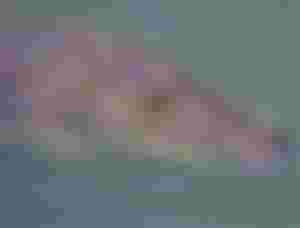
The crocodile of the Orinoco River is very similar to the babo or spectacled caiman. They can be recognized and differentiated by their dorsal scales, the spectacled caiman has a smooth appearance and we can differentiate it by its snout, since you can see that when the spectacled caiman has its snout closed reveals its upper jaw teeth and the Orinoco crocodile shows the teeth of the lower jaw that protrudes in its snout, which is long and narrow, very different from the spectacled caiman.
In Venezuela there is a program of sustainable use "regulated" by the Ministry of the Environment. In the plains everyone who can hunt them to eat does to provide for their families, I don't know if they need a permit or if it’s poaching.
The female crocodile or alligator also have their nests on the banks of the lagoons or rivers where they live. They can lay from 30 to 40 eggs and usually incubate for a time of 2 or 3 months, and then they leave their nests to continue being watched by the close presence of their mothers, who become more aggressive.
In the plain of the eastern Venezuelan region you can get spectacled babo. The first time I saw them he was already dead and they were cutting his skin. They also cut the tail to be prepared as a very tasty dish. They cook it with enough branches and spices, stewed and I assure you that its flavor is not different from chicken meat.
While I was working as a rural doctor in a town on the plains I had, on several occasions, the pleasure of eating this tasty spectacled babo.
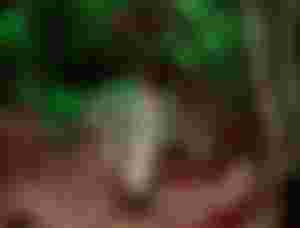
And this is my personal experience with 2 species of crocodiles or alligators of the 5 species that abound in Venezuela.
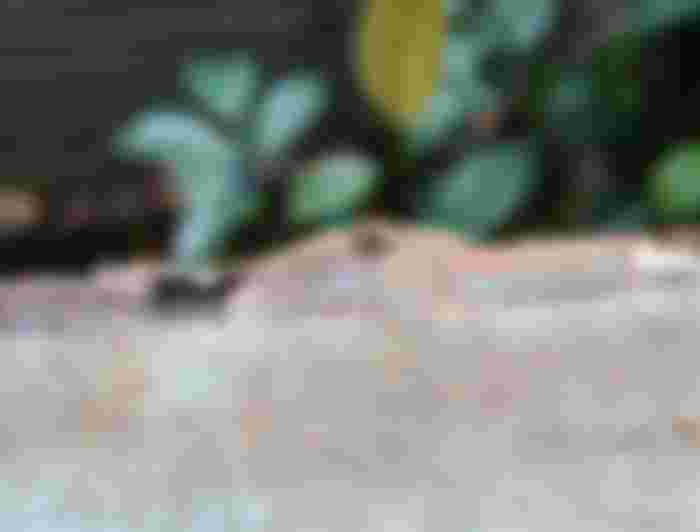
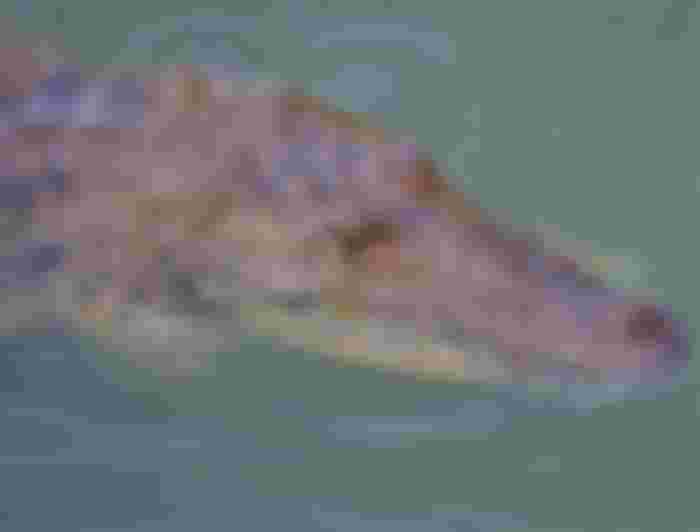
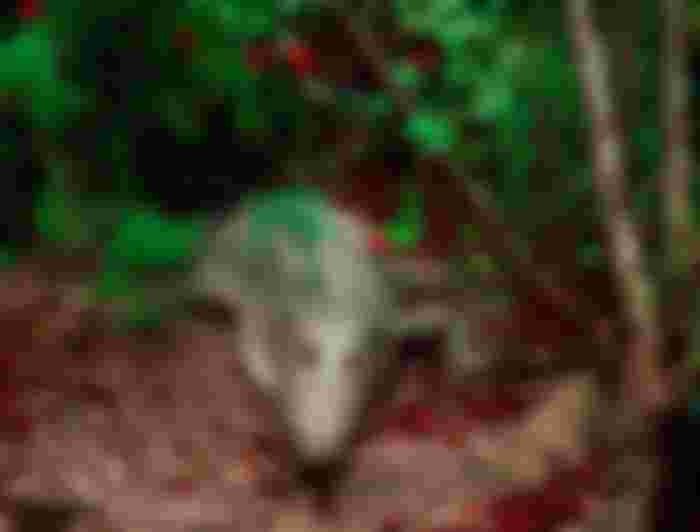
I've only seen them in movies and the zoo. I'm afraid of dangerous animals.